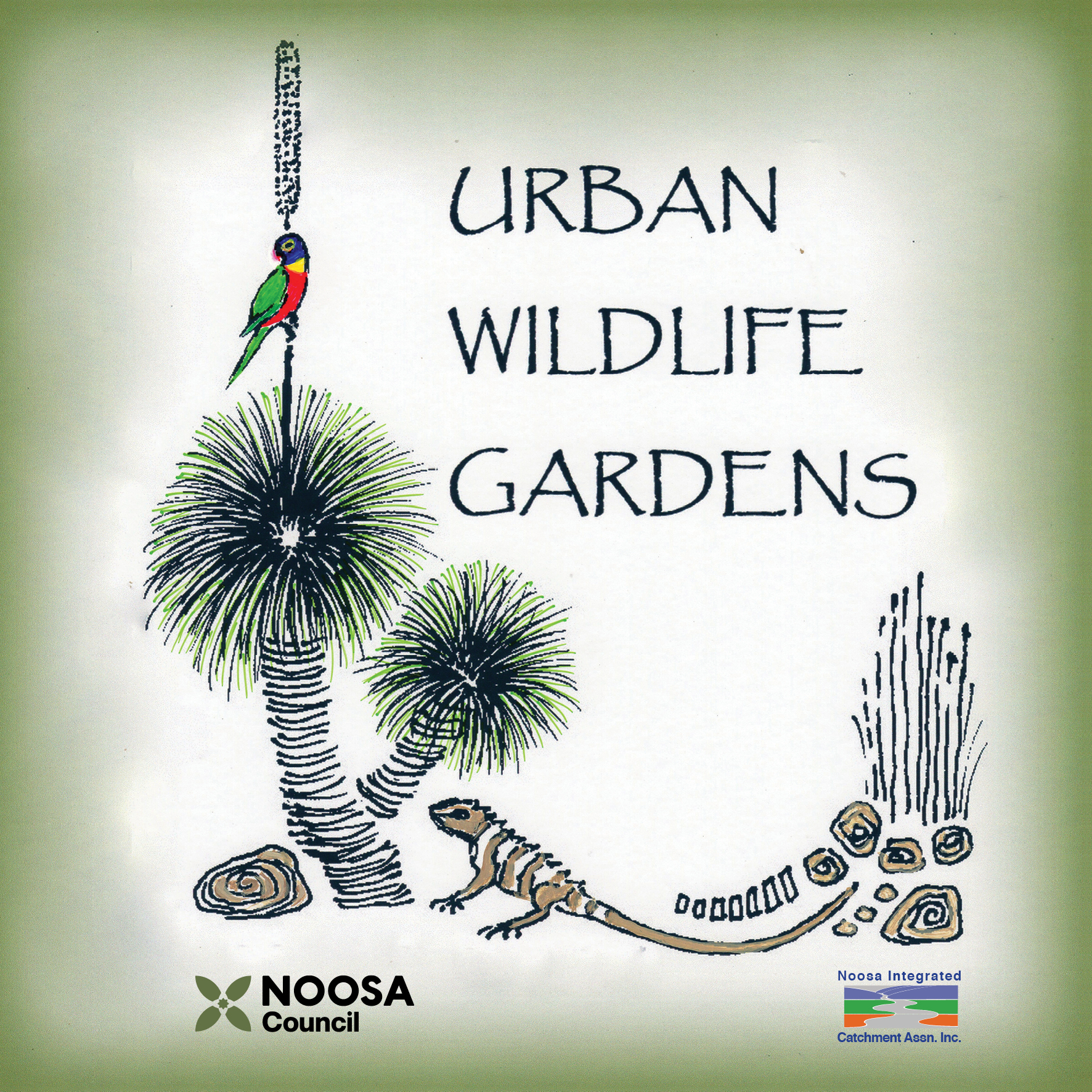Shayan, who is a climate and sustainability specialist, is currently coordinating the climate change adaptation program at Noosa Council. He outlined the predicted climate changes that we can expect in the Noosa Biosphere including more extreme heat, prolonged droughts, extreme storms, severe winds and flooding. Some consequences of these changes are more frequent bushfires, more pests and diseases, increased pressures on pollinators and loss of biodiversity.
Shayan explained that with better understanding of the potential effects of climate change we can also learn how to be more prepared. His work with Noosa Council includes developing strategies for an urban greening program which will see an increase in total urban canopy cover and street tree planting in high use pedestrian and bicycle areas. Another initiative now allows property owners to plant gardens on the verges at the front of their properties in urban and many rural residential areas. Council has provided a modified species lists of plants resilient to predicted climate changes. The guidelines for verge planting can be found at Noosa Council Organisational Procedures Encroachments
Shayan’s suggestions for what we as individuals can do to make our garden climate ready included using climate suitable species that are water sensitive and resilient to extremes of temperature and rainfall. The added benefit is that you will also create a haven for local wildlife. Planting a yard with shrubs and trees can also sequester significantly more carbon than growing grass which requires more inputs of fertilizer and water.
Shaun is a local landscape architect and his presentation focused on the practicalities of developing climate resilient gardens. He also reinforced the importance of planting local native species which are adapted to natural rainfall so don’t require irrigation.
Shaun explained passive garden design which involves using plants to mitigate some of the effects of climate change. Instead of using hedges or solid fences which block breezes, trellises and vines can be used to let cool air through and still maintain privacy. Minimizing hard surfaces and using native ground covers instead also results in a cooler space and installing a rain garden allows storm water to be retained in the garden and improve soil moisture.
Passive garden design includes sun management through the positioning of shading to make the house and garden more comfortable. Good shade trees on the south west shade homes from the hot summer afternoon sun in summer and avoiding shade trees on the northern side of the house allows the winter sun to penetrate the garden. Shaun showed examples of good garden design to illustrate how careful planning can incorporate these ideas to make our homes more energy efficient into the future.
Following on from Shayan’s explanation of Noosa Council’s Urban Greening Program, Shaun provided examples of what verge planting could look like in urban residential areas. He demonstrated how various groundcovers and small shrubs could be planted on a verge with consideration of aspect, sunlight and drainage and in accordance with council guidelines and plant species guide list.
In the face of a predicted hotter and drier climate in Noosa, Shaun explained how to choose plants that will be suitable. He showed how the ‘Climate Explorer’ tool estimates that in 2050 the climate of SE Queensand will be 1.9 degrees warmer with a 6% decline in rainfall, similar to the current climate of Sarina near Mackay. Based on this climate analogy, species resilience to future change can be determined using ‘Atlas of Living Australia’. For example, if planting a native fig tree, Ficus microcarpa which grows in North Queensland, would be a more resilient choice than Ficus macrophylla which mainly grows south of Noosa.
For those living in coastal locations there were many ideas for how to deal with tidal innundation due to rising sea levels and how to plant a garden that is salt tolerant. In all areas, planting a wide variety of native species assists resilience and is better for wildlife.
It is hard to do justice to the wealth of information and practical suggestions that were presented by Shayan and Shaun but I’m sure everyone attending the workshop left with plenty of ideas and inspiration to make their own gardens more climate resilient.
To find more information click here to download Shaun’s slideshow and see below for other web resources.
More information:
https://theconversation.com/a-slackers-guide-to-climate-friendly-gardening-206156
https://www.climatefriendlygardening.org/slideshows
https://www.natureaustralia.org.au/get-involved/take-action/wildlife-friendly-garden/
https://renew.org.au/renew-magazine/gardening/climate-ready-gardening/
https://www.sierraclub.org/sierra/how-climate-proof-your-garden
https://www.whichplantwhere.com.au/






